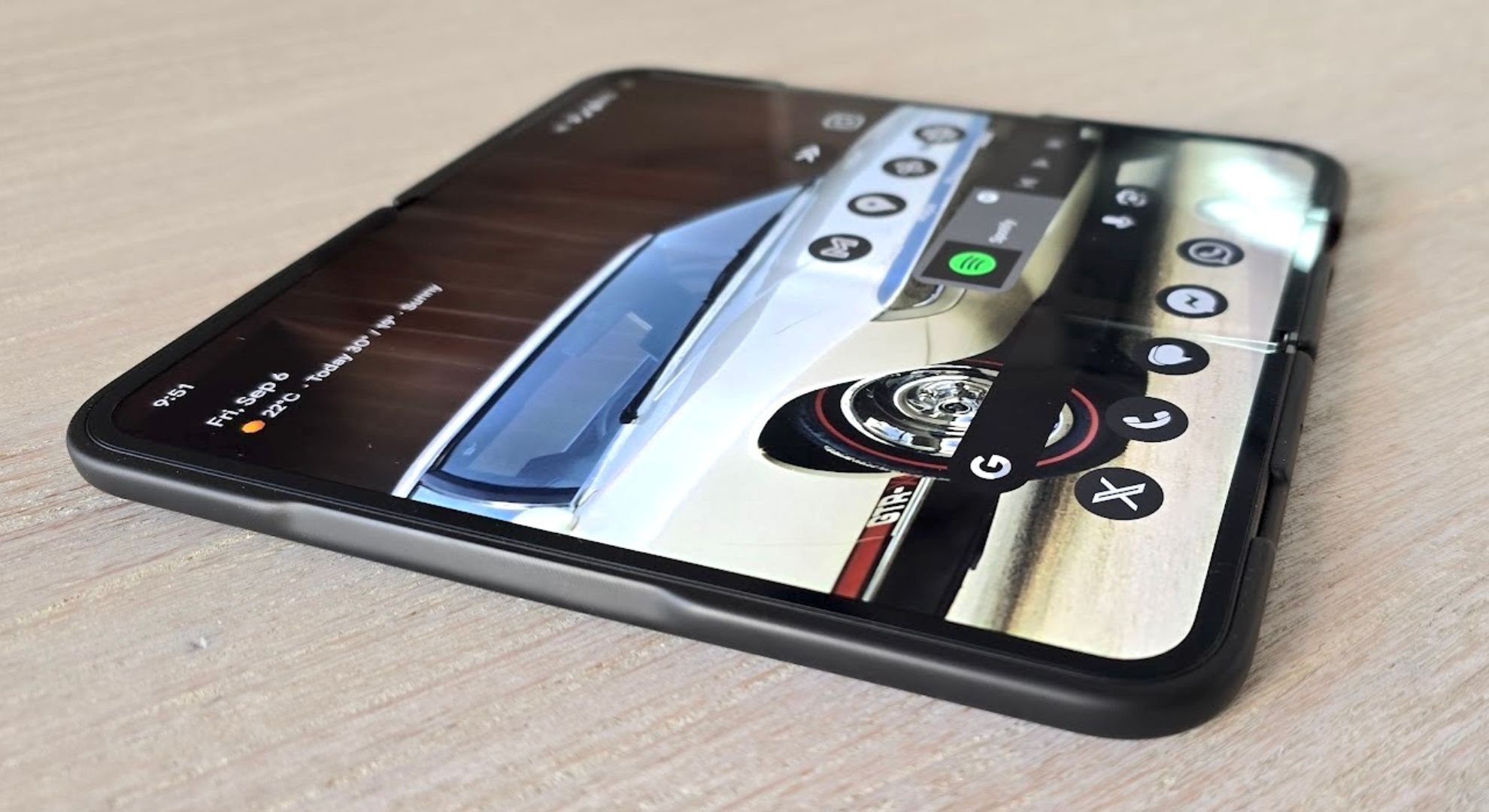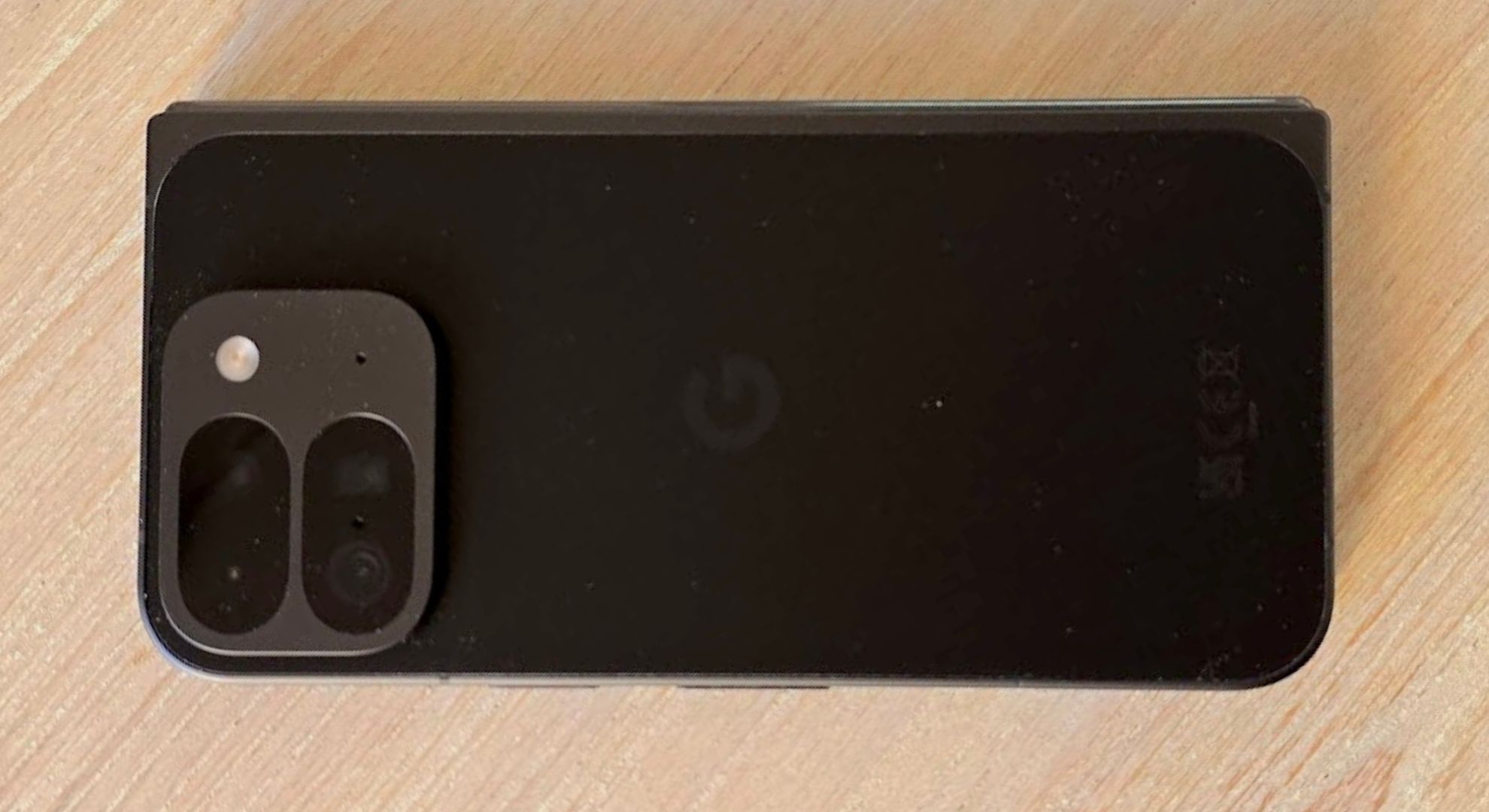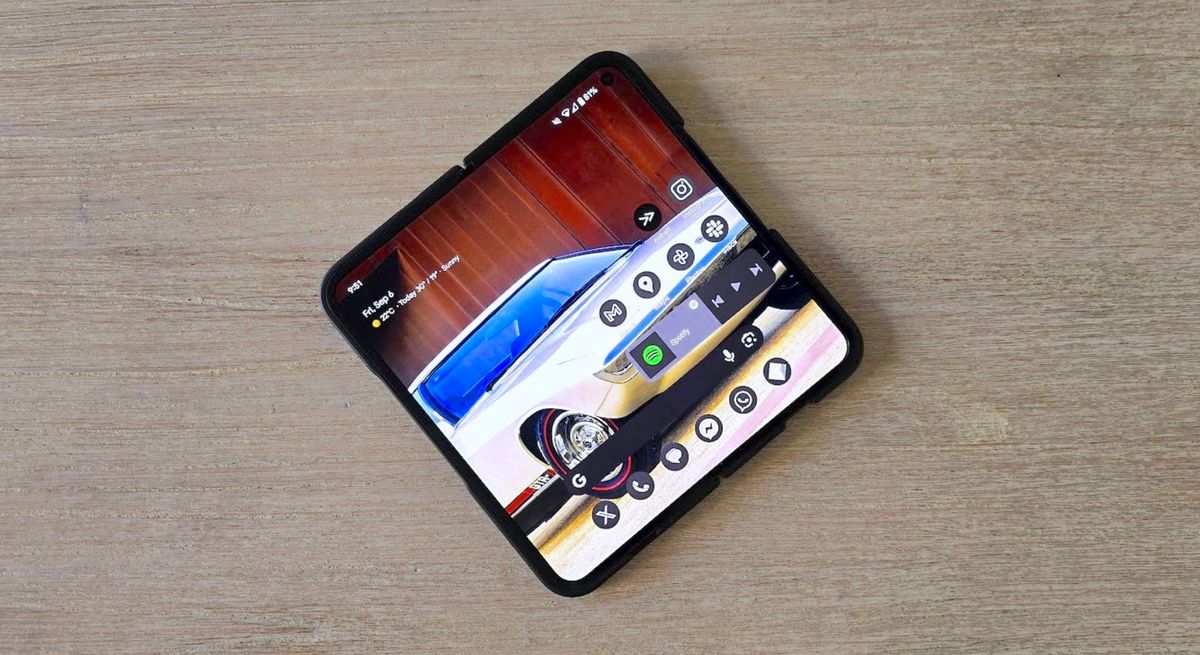I was originally quite skeptical about the Google Pixel 9 Pro Fold, especially since I didn’t get the opportunity to try the previous model as it never came to Australia, where I am based.
Foldables exist in a tenuous space where it’s difficult to know who these handsets are really for. The gimmick of a folding screen comes with a large price tag and specs that are often not as great as similarly priced flagship phones. It’s no wonder that they struggle to fly off the shelves – but after using the Pixel 9 Pro Fold for a week, I’m feeling a bit better about this smartphone subcategory.
This year’s Samsung Galaxy Z Fold 6 and Z Flip 6 were brought more into line with the Galaxy S24 range of devices in terms of specs and aesthetics, but this is only Google’s second foldable attempt. Google’s phones are also known for being a bit underpowered compared to other Android devices – that rings true for the Pixel 9 Pro Fold, but Google’s brilliant operating system makes the jump to a foldable form factor all the more easy – and, in my opinion, it makes all the difference.
I’ve written about Google’s brilliant operating system before and I’ve long raved about it, but with the Pixel 9 Pro Fold, I’ll take my assessment a step further. I think that this is the phone that’s perfect as your first foldable, irrespective of if you’re a longtime iPhone user or if you’re curious about folding screens.
Open up
As I’ve already mentioned, Google’s first foldable completely skipped an Australian release, so I never got a chance to check it out, but for its second attempt, the Search giant has remembered the market Down Under and put its flashiest toy on sale. Over the past week, I’ve finally gotten to go hands on with what the company was cooking, but you can read more about it in our in-depth Google Pixel 9 Pro Fold review.
I’m quite a big fan of the Google Pixel range. Ever since the gentle reboot that introduced the camera bar with the Pixel 6 range, it has maintained a top spot for me as the phone I recommend to iPhone users that want to leave to Apple’s walled garden. I don’t think Google’s phones are as well suited for longtime Android users as you’ll get better performance from similarly priced flagship phones from Samsung, but the clean and lightweight Android OS on Pixel phones would give Apple lovers a sense of familiarity.
That’s absolutely true for the Pixel 9 Pro Fold – this phone is great if you’re an iPhone 14 or iPhone 13 user who wants to upgrade to a foldable, but don’t want to deal with a lot of the complications some versions of Android bring. It’s well designed and feels like a genuine competitor to Samsung’s foldable, while being cheaper than Samsung’s Fold.
That being said, it’s a bit expensive at $1,799 / £1,799 / AU $2,699 – a huge price increase from the Pixel 9 Pro XL’s $1,099 / £1,099 / AU$1,849 price tag. I don’t think the screen necessitates such a drastically higher cost than what is, specs-wise, a better phone, but it does make for a great option if you want a tablet and a phone in one device. If Google could make the price of its foldable more competitive, I think there’d be a lot more to love with this device.

The problem with foldables is that they exist in a small market with underlying disadvantages. You’re asking users to pay quite a lot of money for a gimmick that offers not much actual benefit, fitted to a device that’s not as powerful as flagship devices. That’s Samsung’s pitch at least – and although I do love Samsung’s latest slew of folding phones, it’s no wonder why international sales were reportedly low (per Phone Arena).
But I think that these problems expose a general advantage that Google can obtain over Samsung in the foldable market. Because it’s such a small space within the larger phone market, Google has a real opportunity to make some headway and convert iPhone buyers into the Android ecosystem with a flashy gimmick that has consumers curious. At the same time, foldable-curious Android users could latch onto the Pixel 9 Pro Fold as their first try at the technology.
The specs differences between the Pixel 9 Pro Fold and the 9 Pro XL are subtle, with the 9 Pro XL including a much more impressive camera array and a bigger battery – but the differences are not as dramatic when comparing the Samsung Galaxy S24 Ultra to the Galaxy Z Fold 6. A better camera system, better processing power and probably the best display you can get on a smartphone right now are just some of the things that put the S24 Ultra against its foldable cousin.
So the real win for Google stems from the fact that they’ve closed the gap between their flagship device and their foldable. I can’t give Google too much credit for this, given that Pixel phones are underpinned by an SoC that is effortlessly bested by Snapdragon’s silicon in Samsung devices, but it does lead to a great option for consumers – a cheaper book-style foldable than what Samsung is offering. Couple this to Google’s much friendlier OS and I think there’s an absolute winner here.

But it’s up to Google to do something really interesting here
Of the three foldables released over the past three months, Google’s Pixel 9 Pro Fold has won my heart – but despite this discussion of synchronization between foldables and flagships, Samsung’s Z Flip 6 is still technically the budget winner, even if the foldable aspect is less useful.
It’s honestly difficult to talk about the Galaxy Z Flip 6 and the Pixel Fold 9 Pro in the same article because the Z Flip 6 is much less powerful than its flagship counterparts and it’s a massively different form factor to its foldable siblings. The Flip is a winner as a compact phone (as its predecessor is currently listed as the one to pick on our best phones page) and the design is easy to love if you long for the pre-smart phone age of flipping screens, but it’s an anomaly beyond these two niches.
My hope is that with an upcoming generation of Pixel devices, a Pixel Flip will launch as well. Google could avoid higher year-on-year costs by releasing updated Flip and Fold models interchangeably, so that one year there’s a Flip and one year there’s a Fold. Better yet, it’d be great for Google to release a foldable that has more in common with the standard Pixel device for its small form factor and less powerful specs, both as a way of further reducing the price and to introduce a better separation between the standard Pixel range and the annually-released ‘A’ series model – which is often so good that I’ll happily recommend it to people over Google’s standard range of devices.
The Pixel 9 Pro Fold is a brilliant phone and I’ve loved using it. It feels great to use as a tablet at home and the office, as well as a phone on the go. I would love to see Google keep the momentum going with future devices, in presenting an accessible product in terms of both price and operating system.

